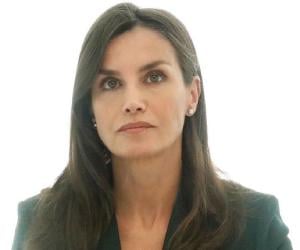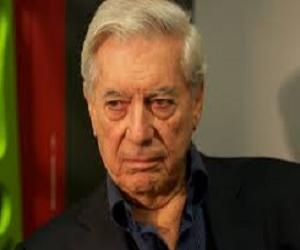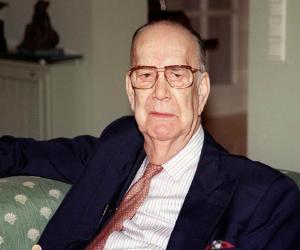Queen Letizia of Spain was initially a journalist for EFE and ABC and then worked as an anchor for Televisión Española and CNN+. She had covered events such as the 9/11 attacks. She is married to King Felipe VI of Spain and was previously married to a high-school teacher.

Sara Carbonero is a Spanish-Portuguese TV personality and sports journalist. She is best known for her association with the popular free-to-air TV channel Telecinco, where she worked as a presenter. Carbonero made headlines in 2010 when she covered the 2010 FIFA World Cup, including the match between Switzerland and Spain that featured her then-boyfriend Iker Casillas whom she later married.
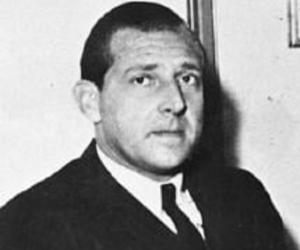
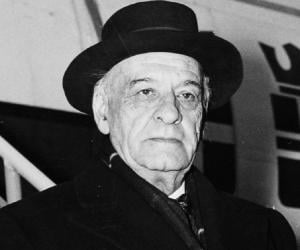
Philosopher and humanist José Ortega y Gasset was a major figure of the 20th-century Spanish literary renaissance. Apart from introducing concepts such as ratiovitalism, he also believed in the philosophy "I am I and my circumstance." Invertebrate Spain and The Revolt of the Masses remain his best works.
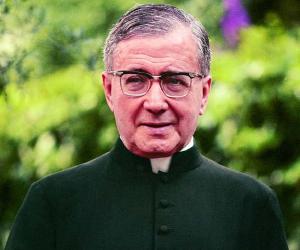
Josemaría Escrivá was a Spanish priest best remembered for founding an organization called Opus Dei. He is also remembered for authoring a book titled The Way. The book has been translated into many languages and has sold millions of copies around the world.
Camilo José Cela was a Spanish novelist, essayist, story writer, and poet. One of the most respected Spanish writers of his generation, Camilo José Cela received a number of prestigious awards, including the 1987 Prince of Asturias Award for Literature. In 1989, he won the Nobel Prize in Literature. In 1994, he was honored with the Premio Planeta de Novela.
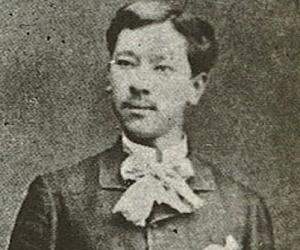
Philippine politician Pedro Paterno was educated in Spain, where he graduated in philosophy and theology. He later became the prime minister of his country. A poet and novelist, too, he eventually became infamous as a traitor after supporting the U.S. and favoring American dominion during the Philippine–American War.
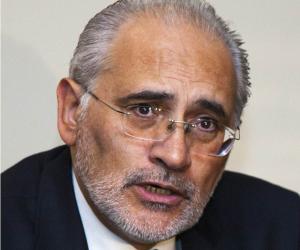
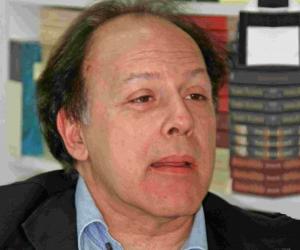
Born to banned educator Julián Marías, Javier Marías had begun writing at age 14 and penned his first novel, The Dominions of the Wolf, at 17. His depiction of John Gawsworth, the king of the Caribbean island Redonda, led him to inherit the kingship. He also writes columns for El Pais.
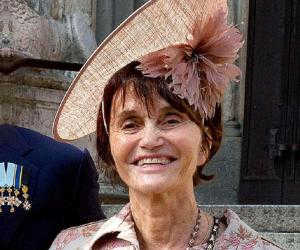
Her activism and outspokenness had earned Princess María Teresa of Bourbon-Parma the nickname Red Princess. Part of the Spanish royal family, she was educated at the Sorbonne. She later supported the Carlist movement and was a champion of women’s rights, too. She eventually died of COVID-19 at age 86.

Alejandro Amenabar is a Spanish-Chilean music composer, screenwriter, and film director. An influential and respected personality in the Spanish film industry, Amenabar has won nine Goya Awards and two European Film Awards among many other prestigious awards.
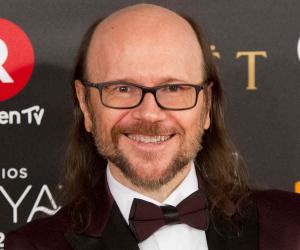
Spanish filmmaker and actor Santiago Segura Silva is best known for writing, directing and starring in the popular film series Torrente. He rose to fame with Torrente, el brazo tonto de la ley, the first film of the series, which emerged as the highest-grossing Spanish film of all time, later surpassed by its sequel Torrente 2: Misión en Marbella.
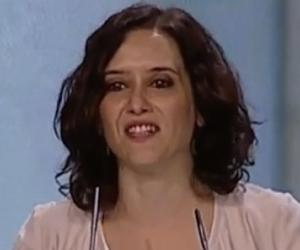
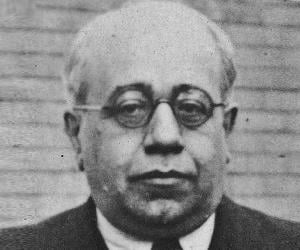
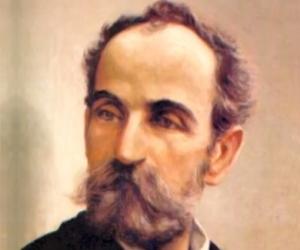
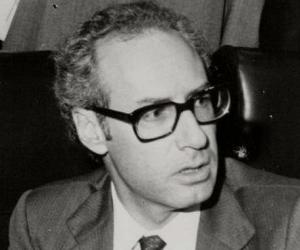
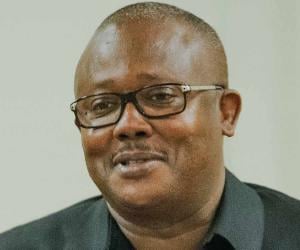

Javier Ambrossi is a Spanish actor, writer, and director. Ambrossi is renowned for creating the musical La llamada, which he also directed. He then went on to adapt the musical into a film titled Holy Camp, which he directed along with his partner Javier Calvo. In 2017, he was named in the most important LGBT people list by El Mundo.
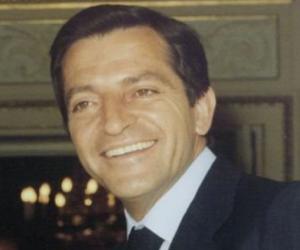
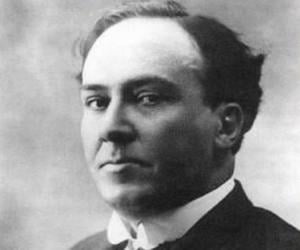
A leading member of the Spanish literary movement known as the Generation of '98, Antonio Machado was a legendary poet and playwright. He was educated at the Sorbonne and had also taught French. A proponent of eternal poetry, he penned masterpieces such as Soledades and Campos de Castilla.
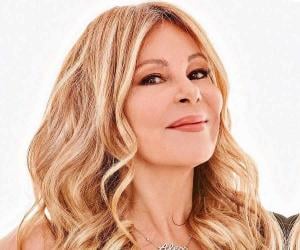
Ana Obregón is a Spanish actress, socialite, and television presenter. She is best known for her performances in popular TV series like A las once en casa and Ana y los 7 where she played Paula and Ana García Palermo respectively. Over the years, Obregón's personal life, which includes a relationship with footballer Davor Šuker, has overshadowed her professional achievements.

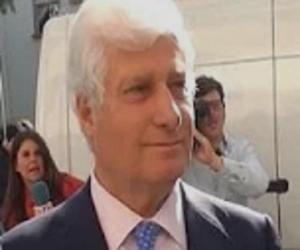

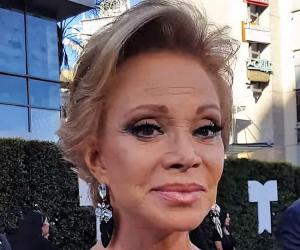
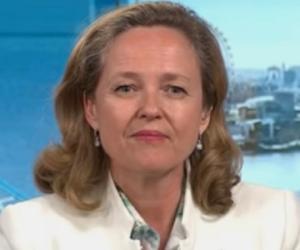
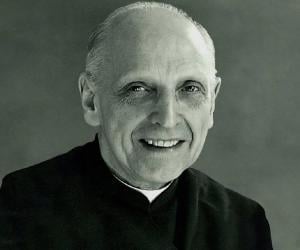
Pedro Arrupe, who was the superior general of the Society of Jesus, had dropped out of medical school to care for the poor. He was part of one of the first rescue teams at Hiroshima after the tragic atomic bomb destruction. He later resigned due to paralysis caused by a stroke.
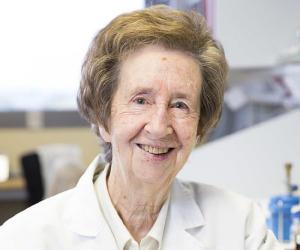
Margarita Salas was a Spanish scientist, author, and medical researcher. She is best remembered for her work in the fields of molecular genetics and biochemistry. In 2016, Margarita Salas became the first woman to be honored with the Echegaray medal. She was also the first woman from scientific background to become a member of the Royal Spanish Academy.
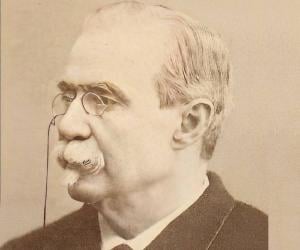
While he initially studied law, Antonio Cánovas del Castillo showed a marked interest in history and politics, too. The six-time prime minister of Spain led the Conservative Party. As a historian, he had penned works such as History of the Decline of Spain. He was assassinated by an Italian anarchist.
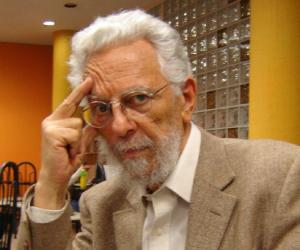
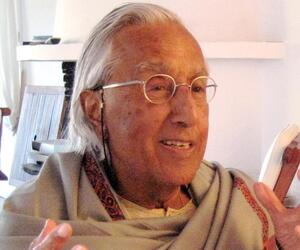
Born to a Spanish Catholic mother and an Indian Hindu father in Barcelona, Raimon Panikkar grew up to be a Catholic priest and a philosophy professor. An expert in comparative religion, he compared the tenets of Catholicism and Hinduism in his doctoral thesis. He also penned several spiritual texts.
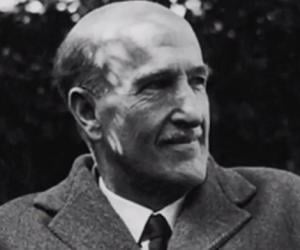
Vicente Aleixandre was a Spanish poet. He was part of the Generation of '27 and received the Nobel Prize for Literature in 1977. His early poetry was marked by surrealism and many of his poems have melancholic undertones. He is considered one of the greatest poets of Spanish literature. He was bisexual but never admitted to it publicly.
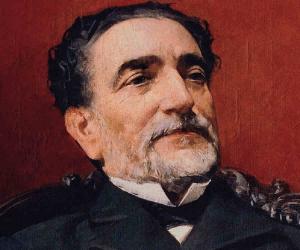
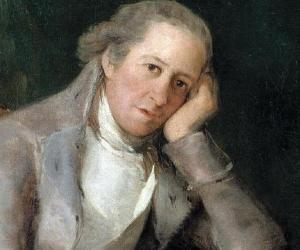
An important figure of the Spanish Enlightenment, statesman author Gaspar Melchor de Jovellanos began his career as a criminal judge before returning to his native province, where he completed his best known work, arguing for agricultural reforms. As Minister of Justice he argued against Inquisition and as an important member of the Supreme Central Junta, actively opposed the French invasion.
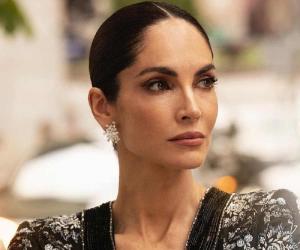
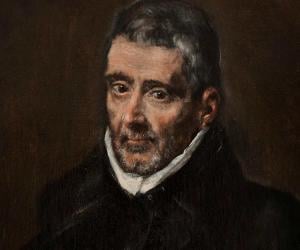
John of Ávila, or the Apostle of Andalusia, was a prominent Spanish priest and preacher. Though he was supposed to be sent for missionary work to North America, he later stayed back in Spain, persuaded by the archbishop of Seville. He also wrote religious treatises such as Audi filia.
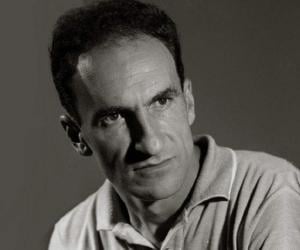
Eduardo Chillida was a Spanish Basque sculptor. He is best known for his monumental abstract works. As a young man, he aspired to play professional football, but injuries put an end to his dreams. After dabbling in architecture for a while, he eventually became an artist and sculptor. His sculptures have been collected by major museums.
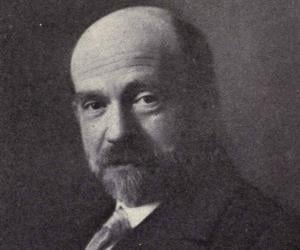
Spanish Basque writer Pío Baroja was a qualified doctor and practiced medicine in northern Spain for a few years before returning to Madrid to manage his family bakery. Part of the Generation of ’98, he penned iconic works such as the series Memoirs of a Man of Action.
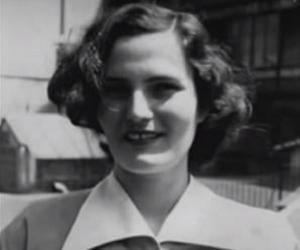
Premio Nadal-winning Spanish author Carmen Laforet is remembered for developing Spanish Existentialist literature. Best known for her first and most popular novel, Nada, she used the tremendismo narrative in her works. Suffering from Alzheimer's disease in later years, she eventually lost the ability to speak.
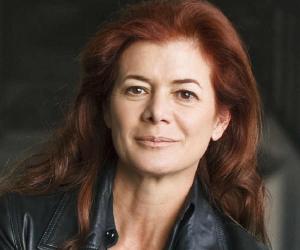

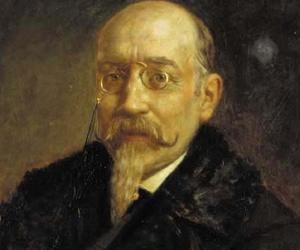
Initially a math professor, José Echegaray later held several government posts. As the minister of finance, he developed the Banco de España. He later established himself as a prominent dramatist, with plays such as El gran Galeoto, and became the first Spanish to win the Nobel Prize for Literature.
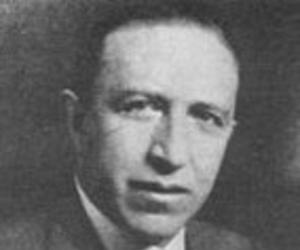
Part of the Generation of '27, renowned Spanish poet Pedro Salinas y Serrano had also been a professor at the Johns Hopkins University. Educated at the Sorbonne, he also taught Spanish at Seville and later joined Cambridge, too. He is also known for his research on Rubén Darío and Jorge Manrique.
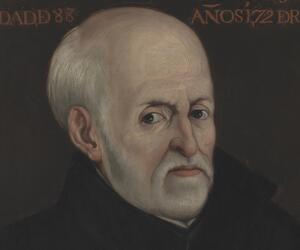
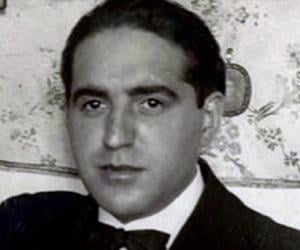
Gregorio Marañón was a Spanish scientist, physician, writer, historian, and philosopher. He is widely regarded as one of the 20th century's most brilliant Spanish intellectuals. In order to honor his work and contributions, the Gregorio Marañón Foundation was founded on 11 November 1988.
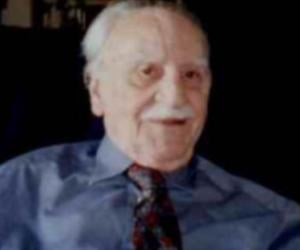
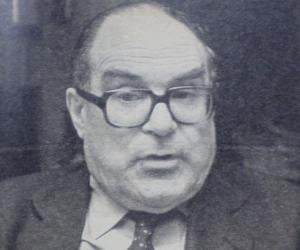
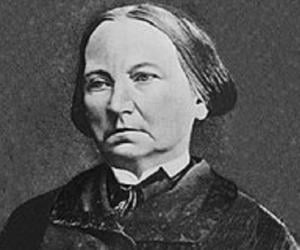
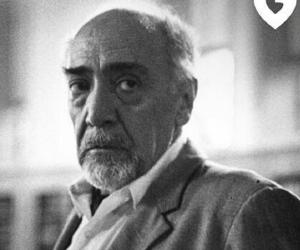
Ramón J. Sender was a Spanish essayist, novelist, and journalist. He is best remembered for his contribution to a Republican literary magazine called El Mono Azul during the Spanish Civil War. Many of Ramón J. Sender's works, such as Siete domingos rojos and Mr Witt en el cantón, were translated into English by Sir Peter Chalmers Mitchell.
